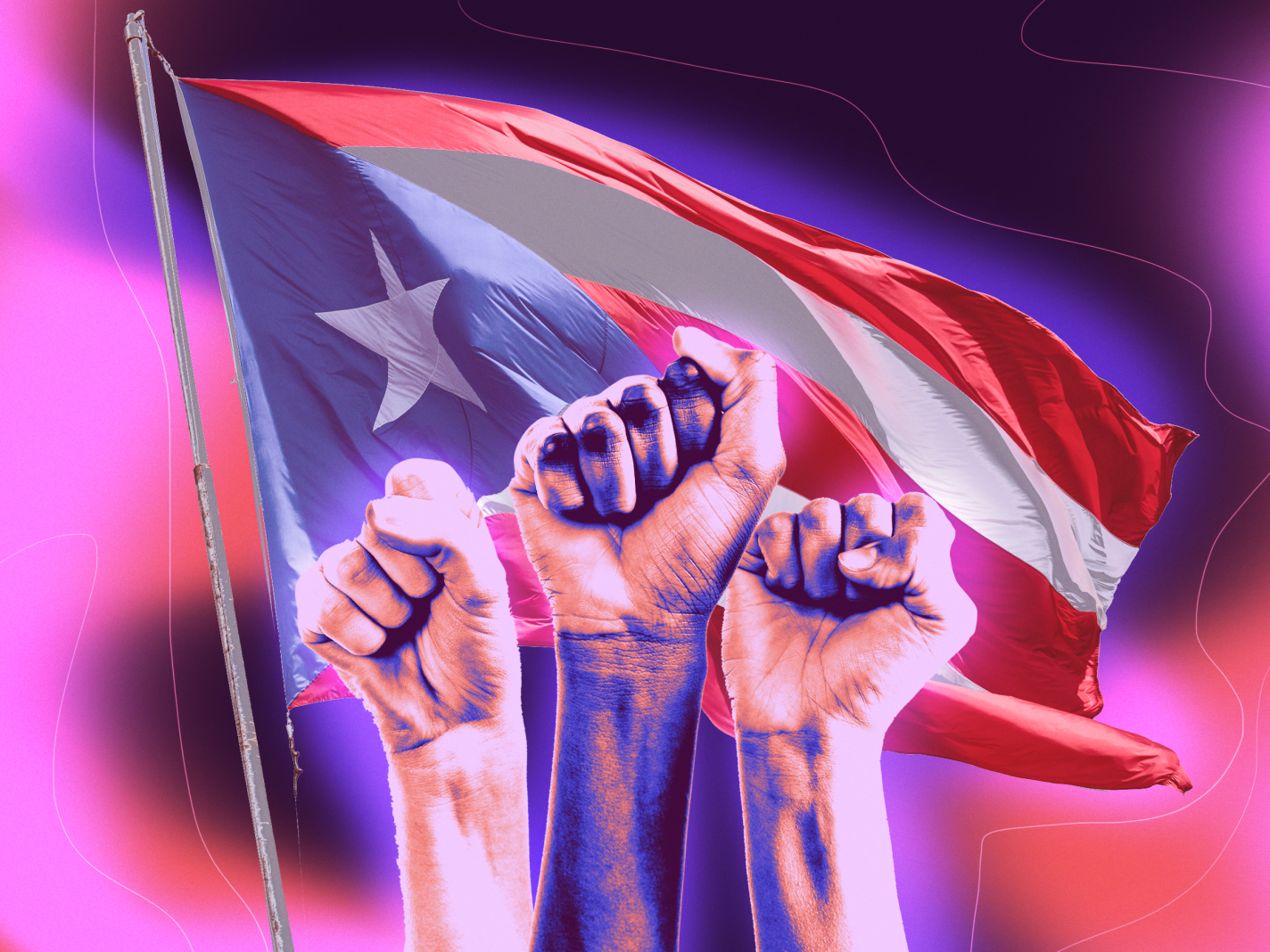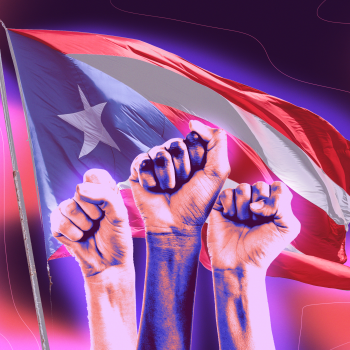Most Puerto Ricans believe that the archipelago’s territorial status needs to change, but they are often divided on the best solution: independence, statehood or its current commonwealth status. Two bills in Congress aim to address the matter. The Puerto Rico Self-Determination Act calls for a status convention among local legislatures who are elected by the Puerto Rican people to solve its territorial status, while the Puerto Rico Statehood Admission Act pushes for the territory to become the 51st state. In the past, President Joe Biden’s administration has said that Puerto Rico should be able to decide on its destiny. Thus, while it’s unlikely that either of those bills will reach the president’s desk, the competing proposals have reignited decades-long debates.
Although the pro-independence movement hasn’t secured broad support since the mid-twentieth century, it has gained steam in the aftermath of Hurricane María, which uncloaked the barriers that accompany the archipelago’s colonial relationship with the United States. Across Puerto Rico, women and/or queer boricuas have been leading sustainable agricultural efforts and decolonial demonstrations that imagine and fight for a free Puerto Rico. It’s a struggle women have long been a part of, though their names have been omitted from the pages of history. From Spanish imperialism to US colonialism, below are just a few of the many rebellious heroines who fought for an independent Puerto Rico. To learn more about their work and others, check out “Nationalist Heroines: Puerto Rican Women History Forgot, 1930s-1950s” by Olga Jimenez de Wagenheim and “Ellas: Historias de Mujeres Puertorriqueñas.”
Lola Rodríguez de Tió
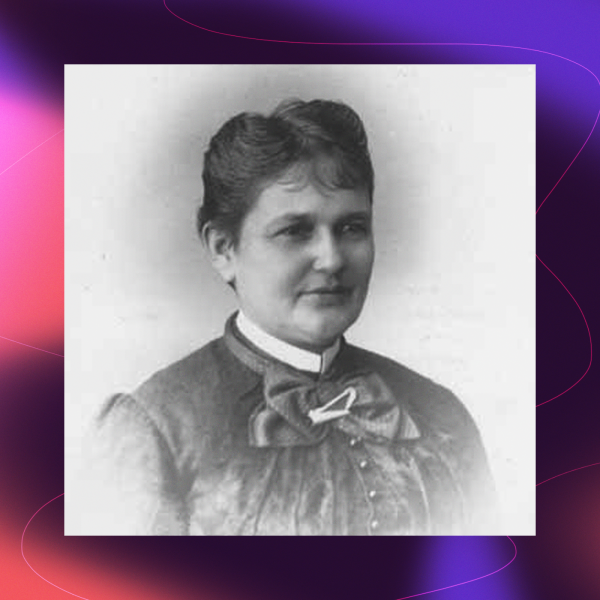
Lola Rodríguez de Tió was born in San Germán, Puerto Rico, on September 14, 1843. A feminist, abolitionist and freedom fighter, she used poetry, literature and journalism to uplift pro-independence movements across Latin America and especially in her homeland. During the Grito de Lares uprising of 1868, where Puerto Ricans revolted against Spanish rule, Rodríguez de Tió wrote the revolutionary version of La Borinqueña, the official anthem of Puerto Rico. Because of her revolutionary ideas and contributions to the independence movement, she was exiled to Cuba and Venezuela. In Cuba, she became the secretary of Club Caridad, where she helped combatants in their fight against Spaniards. In 1893, she famously captured Cuba and Puerto Rico’s struggle for liberation with the line, “Cuba y Puerto Rico son de un pájaro las dos alas,” which is often erroneously attributed to Cuban poet and national hero José Martí. She died in Havana on November 10, 1924.
María de las Mercedes Barbudo
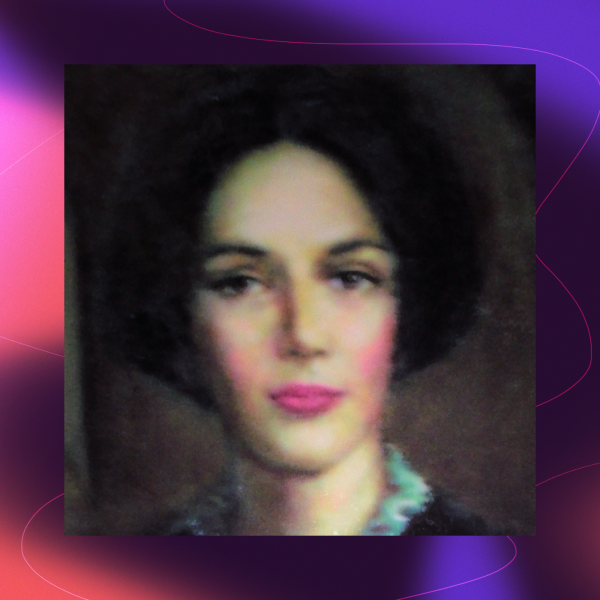
Taíno women certainly resisted Spanish occupation of their land and thus were amongst the first independistas around. Still, many historical records deem María de las Mercedes Barbudo the “first” of her kind in Puerto Rico. Born in San Juan to a Spaniard father, who was an officer in the Spanish Army, and a Puerto Rico-born mother in 1773, Mercedes Barbudo was well-educated. As a young woman, she owned a sewing supplies shop that gave her economic independence—a rarity for women of her time. In this post, she got to see how Spaniards mistreated Puerto Ricans and became inspired by Simón Bolívar’s liberation movement in Latin America. She corresponded with an officer in Bolívar’s army about independence from Spain for Puerto Rico. Because of these letters, she was arrested and taken to San Cristobal Fort in October 1825. After being accused of spying, she was sent to a women’s prison in Cuba. With help from fellow revolutionaries, she escaped the institution and fled to Venezuela. She never returned to Puerto Rico, but she continued to uplift freedom movements all over Latin America. She died on February 17, 1849 and is buried at a Caracas cemetery near Bolívar.
Mariana Bracetti
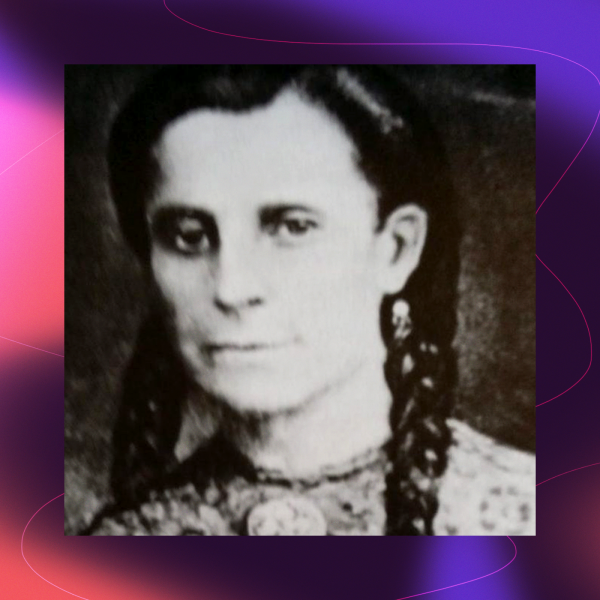
Mariana Bracetti was a leader in Puerto Rico’s 19th-century independence movement. Bracetti—born in Añasco, Puerto Rico, in 1825—married one of the Rojas brothers, two Venezuelan businessmen and revolutionaries who contributed to Puerto Rico’s fight for independence. Bracetti personally got involved in the movement, then led by Dr. Ramón Emeterio Betances, by helping her brother-in-law brainstorm ideas for the junta of Centro Bravo in Lares. However, she is most celebrated for knitting the iconic revolutionary flag, which was intended to be used as the national emblem of Puerto Rico following the Grito de Lares uprising. Instead, Bracetti was one of many revolutionaries jailed because of her participation in the failed revolt. In 1869, she was pardoned by the Spanish government and lived the rest of her life in Añasco. Later, the flag she sewed became the official flag of the municipality of Lares, Puerto Rico.
Blanca Canales
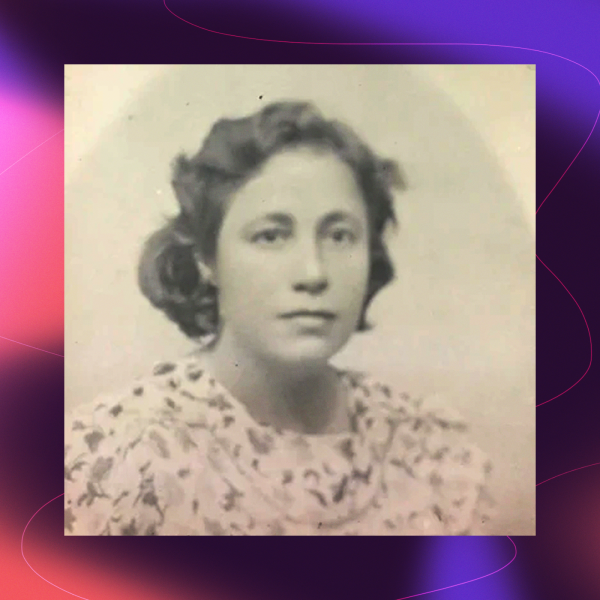
Born in 1906 in Jayuya, Puerto Rico, Blanca Canales was a freedom fighter and educator. She grew up in a pro-independence household, often accompanying her father to political meetings or patriotic events. She joined the Puerto Rican Nationalist Party in 1931 after hearing a speech by the party’s president, Pedro Albizu Campos. An active member of the Hijas de la Libertad, the women’s branch of the party, Canales started off contributing in small ways to the movement. However, after the Puerto Rican Gag Law was introduced in 1948, restraining the rights of the independence and nationalist movements on the archipelago, an impassioned Canales became a leader in the Jayuya branch of the party. On October 30, 1950, she led an uprising in Jayuya, occupying a police station and post office, raising the then-outlawed Puerto Rican flag at the town plaza and declaring Puerto Rico a free republic. Three days later, the town was attacked by the US military, forcing the nationalists to surrender. Canales was arrested and sentenced to life in prison plus 60 years. However, in 1967, after 17 years behind bars, Canales was granted full pardon by Puerto Rican Gov. Roberto Sanchez Vilella. She continued to fight for a free Puerto Rico until her death in 1996 at the age of 90.
Dominga de la Cruz-Becerril
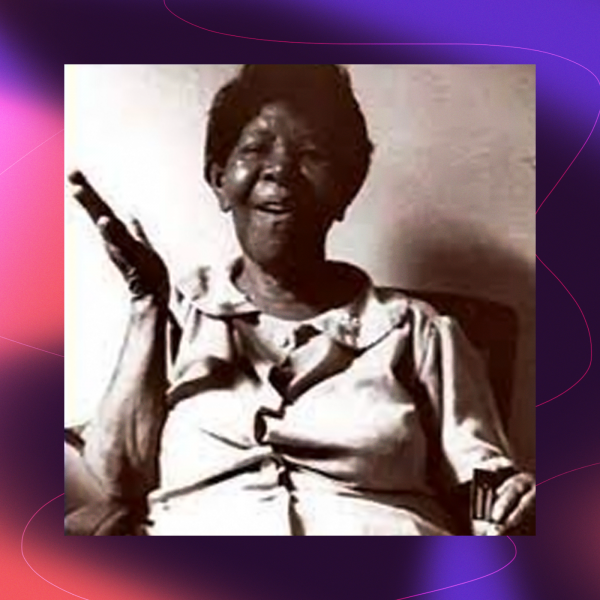
Afro-Boricua Dominga de la Cruz-Becerril was born in Ponce, Puerto Rico, on April 22, 1909. Her early life was filled with tragedy. By the age of four, both of her parents had died. By the time she was in fourth grade, her godmother, who had been taking care of her since she was orphaned, also passed away. She ultimately moved to Mayagüez where she worked in factories or took on domestic work to make ends meet. Unfortunately, the meager pay was insufficient, and her own two daughters died of starvation. While reading newspapers at a tobacco workshop, another post she held to make money, she learned about Albizu Campos and joined the Nationalist Party. At first, she promoted the interests of the party by submitting notices to a local newspaper and recruiting new members at poetry recitals. However, she took on a bigger role when she created the Enfermeras del Ejèrcito Libertador, hoping to widen responsibilities for women in the party than allowed by the Hijas de la Libertad, which was primarily occupied by white, educated, middle-class Puerto Rican women. In March 21, 1937, during the Ponce Massacre, where a group of pro-independence peaceful protesters were killed by the police at the order of U.S.-appointed governor of Puerto Rico Blanton Winship, Cruz-Becerril rescued a Puerto Rican flag from hitting the ground after a comrade holding the flag was wounded. For refusing to let the flag fall, she was arrested and held in prison for one night. While the revolutionary was never found guilty of any violent crime, she was targeted by law enforcement and eventually fled to Mexico and later Cuba. In Havana, she fought for Puerto Rico’s freedom until her death in 1981.
Isabel Rosado
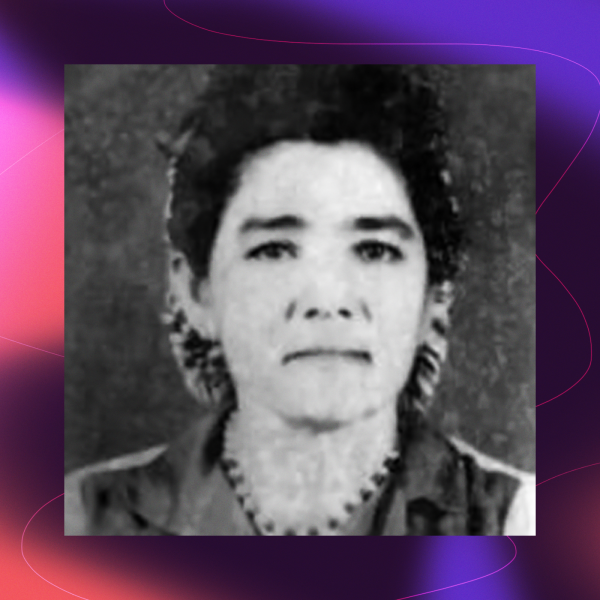
Influenced by the Ponce Massacre, Isabel Rosado—born in Ceiba, Puerto Rico, in 1907—joined the Nationalist Party. Between 1948 and 1950, she distributed party literature, selling pro-independence pamphlets and books and collecting member dues. At the time, a Gag Law made it illegal to support independence movements or display the Puerto Rican flag. As such, colonial police surveilled Rosado. For her participation in the Nationalist Party, she was jailed multiple times, spending several years in prison. When released, she continued to fight for liberation. In the year 2000, then in her 90s, she was arrested again; this time for joining pacifists in their fight to remove the US Navy from Vieques. Even in her old age, Rosado fought against injustice, including colonialism, land rights and student struggles. Even when she could no longer attend demonstrations, activists came to her home to learn from her and care for her. She died on January 13, 2015, at the age of 107.
Lolita Lebrón
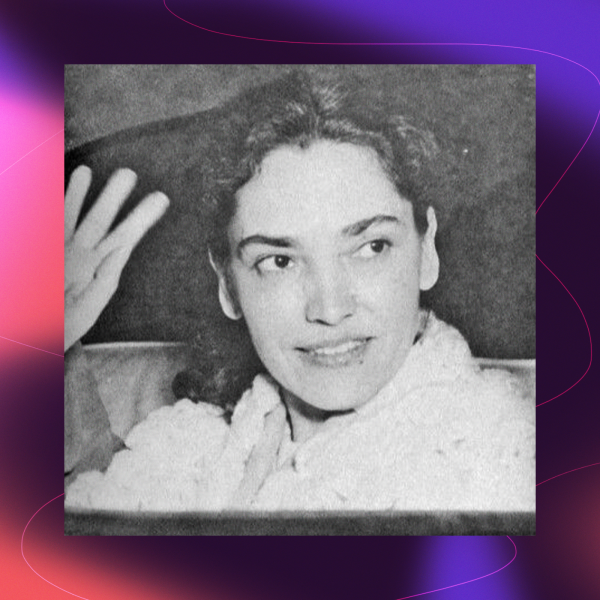
Born in Lares, Puerto Rico, in 1919, Lolita Lebrón is one of the most celebrated (or condemned) Puerto Rican nationalists. At 18 years old, Lebrón developed a nationalist ideology after learning about the Ponce Massacre. A decade later, she became a member of the Puerto Rican Nationalist Party, learning from Albizu Campos but also adding her feminist and socialist ideals into the movement. While Lebrón, who served high-ranking positions in the party like vice president and executive delegate of its delegation in New York, played many roles within the movement, she is most known for leading a group of Puerto Rican nationalists into the US Capitol for an armed protest demanding the freedom of Puerto Rico in 1954. Upon her arrest, she famously said, “I did not come here to kill anyone. I came here to die for Puerto Rico.” In 1979, after serving 24 years in prison, President Jimmy Carter commuted her sentence. She continued to participate in pro-independence work, including the protests against the US Navy’s presence in Vieques, until her death in 2010 at the age of 90.
Rosa Cortes Collazo
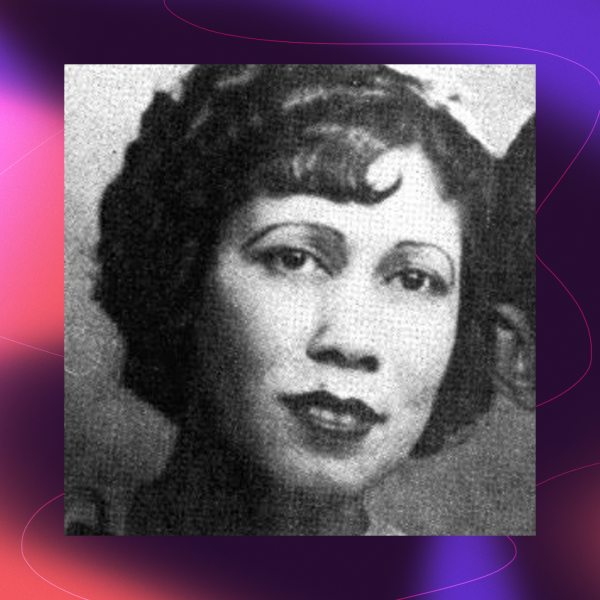
Rosa Cortes Collazo, born in Mayagüez in 1904, was a leader in the New York City branch of the Puerto Rican Nationalist Party. After moving to New York as a young adult, she experienced racism and joined the labor struggle and anti-discrimination clubs in the city. Through this social justice work, she was exposed to the tensions of colonial politics back in Puerto Rico. In 1936, she joined the Nationalist Party. There, she met Oscar Collazo, who would become her second husband. In New York, she helped recruit members, schedule meetings and organized fundraising events. Eventually, she became the treasurer of the branch. On November 1, 1950, Oscar attempted to assassinate President Harry S. Truman in Washington, DC. Rosa was interrogated by the FBI and sent to the Women’s House of Dentition in the West Villages on charges of conspiring with her husband. Due to insufficient evidence, a judge assigned to review her case released her on December 23, 1950. In March 1954, after four nationalists, including Lebrón, attacked the US Congress, Collazo was arrested again and accused of conspiring with the group. This time, she was sentenced to six years in prison for violating the Smith Act. After her release, she returned to Puerto Rico where she continued to participate in the liberation struggle, including advocating for the release of Puerto Rican political prisoners still incarcerated. She passed away in 1988 at the age of 84.



